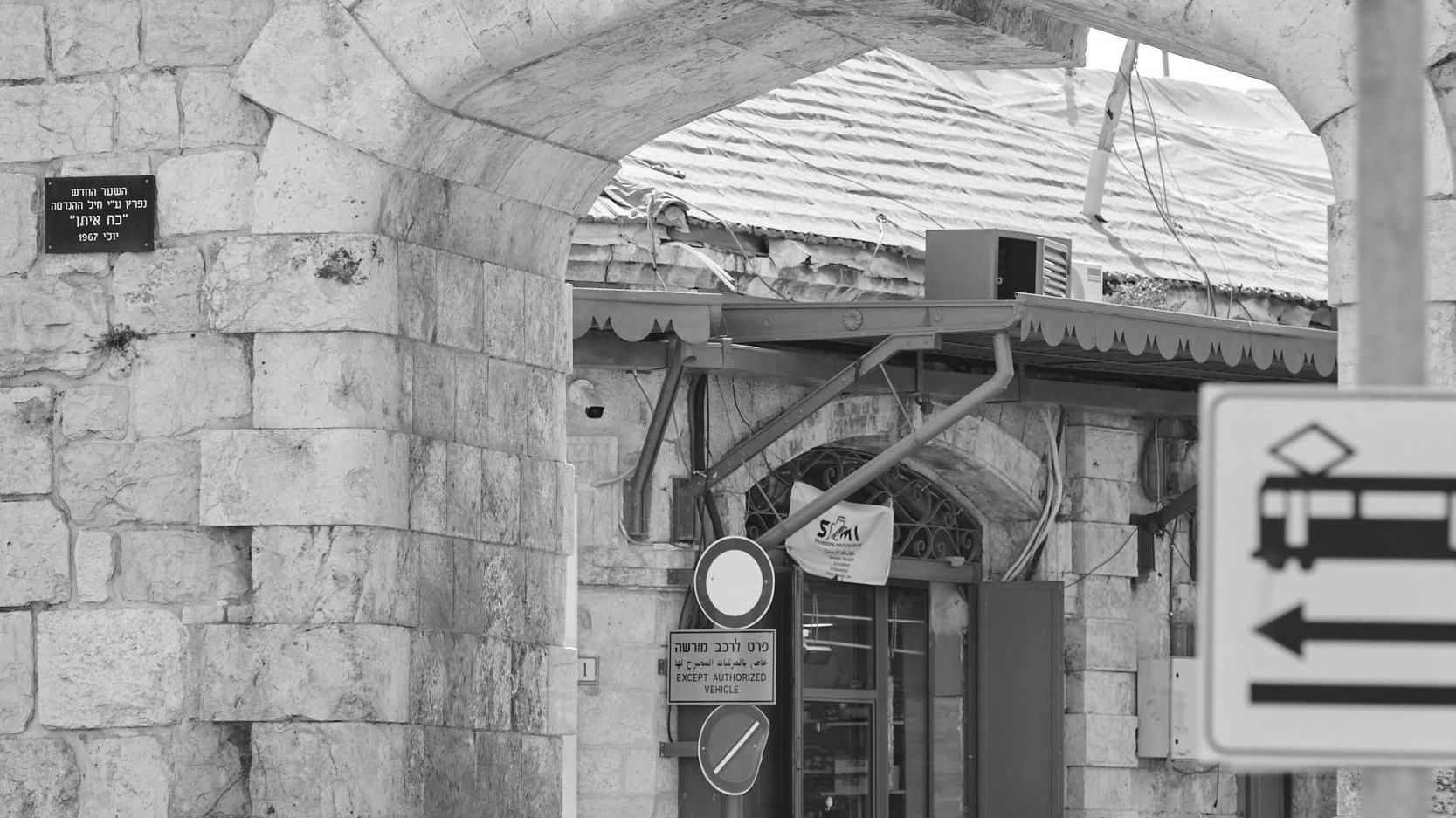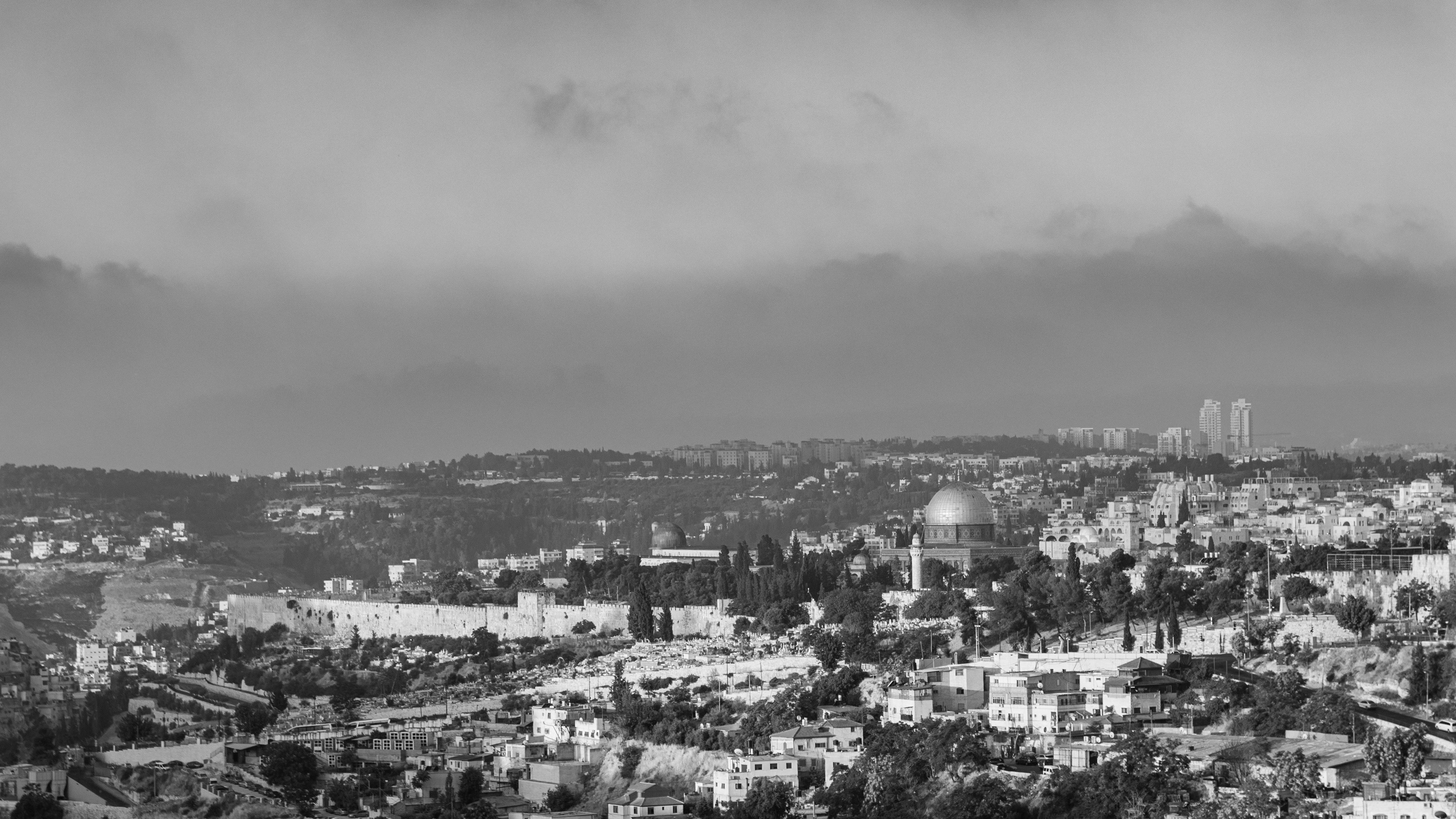Avdat, also known as Ovdat, Abdah, or Obodat, is a Nabataean settlement found in the Negev desert near the kibbutz, Sde Boker. It was used from somewhere in the 3rd century BCE until the beginning of the Islamic period in Palestine and has remnants of Hellenist, Roman, and Byzantine architecture and pottery.
Though the religion of the settlement was originally Nabataean pre-Islamic religion, worshipping a mix of different pre-Islamic Arabian gods, such as Dushara, as well as deified kings, for example, King Obadas I, which the settlement was named after, the Nabataean later accepted Christianity and eventually Islam. There are two Temples and two Churches in the settlement.
The settlement was part of an international trade network, which was the main preoccupation of the people living there, at least until the 4th century when the Nabataean culture seems to have switched to focus on agriculture. The trade reached its peak in the 2nd century CE and declined during the 3rd century CE.
There is also reason to believe that the settlement temporarily was under Hasmonean control, after an agreement between the Hasmonean and the Nabataeans of allowing the settlements of “Alusa” and “Orybda” to be given to the Hasmoneans in return for military support given to the Nabataeans. These two cities, mentioned in Josephus’ Antiquities (Book 14, chapter 1), were believed by the French archaeologist Félix-Marie Abel to be Elusa and Ovdat, and though this later was disputed by Israeli scholars, other later archaeologists, such as Tali Erickson-Gili, points to the discoveries of Hasmonean forts at Horvat Ma’agurah and Nessana as evidence for Abel being correct in his claims (see.Oboda and the Nabateans under suggested literature).
The settlement seems to have been hit by a number of earthquakes through its existence, in the early 2nd century CE, an earthquake in 363 CE, and two more devastating earthquakes in the early 5th century CE and early 7th century CE, the latter one being the worst of them. The settlement also seems to have suffered from an epidemic in the 3rd century CE, which seems to have been an epidemic which hit several Nabataean settlements and cities all the way to Petra, including Petra itself.
In the following, we will talk more about the various parts of the settlements.
Keywords: Nabataean, Roman, Byzantine
Alternative Names: Avdat, Abdah, Obodat
Periods:
Pre-Islamic Arabia
Hellenistic period
Roman period
Byzantine period
Early Islamic period
Hellenistic period
Roman period
Byzantine period
Early Islamic period
Elements:
Cave Dwellings
Temple of Oboda
Small Temple
Southern Church
Northern Church
Roman Camp
Byzantine Quarter
Roman Tower
Roman Villa
Burial Cave
Bathhouse
Lower Dwellings
Winepress
Pottery Workshop
Farmhouse
Temple of Oboda
Small Temple
Southern Church
Northern Church
Roman Camp
Byzantine Quarter
Roman Tower
Roman Villa
Burial Cave
Bathhouse
Lower Dwellings
Winepress
Pottery Workshop
Farmhouse
Noteworthy figures:
Noteworthy archaeologists:
Michael Avi-Yonah
Abraham Negev
Rudolph Cohen
Tali Erickson-Gini
Tsvika Tsuk
Abraham Negev
Rudolph Cohen
Tali Erickson-Gini
Tsvika Tsuk
Recommended Literature:
Oboda and the Nabateans, by Tali Erickson-Gini, in STRATA, Bulletin of the Anglo-Israel Archaeological Society, Vol 32, 2014, pages 81-108.
The Fortress






































The fortress
Lower Settlement

Lower settlement
Temple of Obadas

















The Temple of Obadas was built for King Obada II during the years of King Aretas IV (9 BCE – 40 CE). King Obada began reconstructions of the city during his reign and was eventually buried there.
The Byzantine Quarter



































Byzantine quarter
Cave Dwellings

























The caves are among the oldest elements of Avdat, having originally been used by the Nabataeans for residential purposes, storage, and tombs. During the Byzantine period the caves were mainly used for dwellings to a lesser extent, as well as monasteries, stables, and storing agricultural products and fermenting wine made from grape juice pressed in the wine press.
The Winepress







The winepress
Southern Basilica












Southern basilica
Northern Basilica











Northern Basilica
Roman Villa

























To the south of the Byzantine quarter and the Roman tower, with an amazing view towards the southern Negev, we find the ruins of a Roman villa.
The villa was built among other villas, together with other new Roman constructions in the middle of the third century when Avdat was rebuilt after its destruction by the hands of Thamudic and Safaitic nomadic tribes around 126 CE.
Roman Army Camp






































Roman army camp
Roman Tower












The Roman tower was built in the year 294 CE, something we know from an inscription that has survived until now:
“With good fortune Zeus Oboda, help Irenius who built this tower with good augers in the year 188 with the help of the architect Wailos of Petra and Avtichos.“
The year 188 is counted according to the Roman annexation of the Nabataeans that happened in 106 CE, which means that the tower was built in 294 CE.
The tower acts as a lookout tower, helping to watch over the area around Avdat, allowing a visual of a very large area of land, making it possible for the inhabitants to know about any traveler or potential enemies in the area.
Pottery Workshop













Pottery workshop
Burial Cave








The burial cave lies just north of the Roman villa, a little downhill from the Byzantine quarter and the Roman tower. It is thought to have been built in the 3rd century CE and inside it is found 21 burial niches. Because of the design and inscriptions, with decorated lintels and names of women being inscribed on epitaphs, archaeologists believe that this was a tomb for women, most likely associated with the Temple of Aphrodite, the goddess of love.
Farmhouse














Farmhouse
The Nabataean Settlement














The Nabataean settlement



